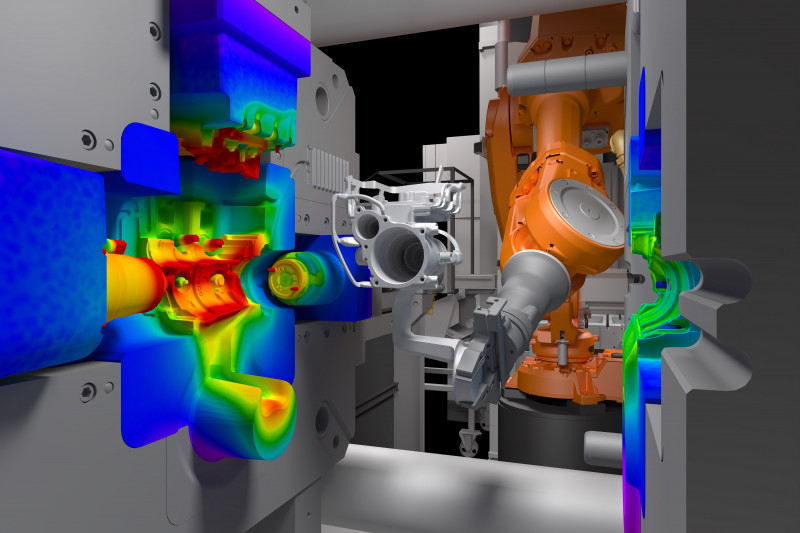Machining is a process of shaping and finishing metal or other materials by removing unwanted parts using various cutting tools. The technique has been around for centuries, and with the advancement of technology, machining has become more precise and efficient. However, machining large parts poses significant challenges compared to machining smaller parts. In this article, we will discuss the techniques and challenges associated with machining large parts.
Techniques for Machining Large Parts
Machining large parts requires specialized techniques and equipment. The following are some of the most common techniques for machining large parts:
1. Boring
Boring is a process used to enlarge the diameter of an existing hole. It involves the use of a boring bar, which is a cutting tool that rotates on its axis and removes material from the inside of the hole. Boring can be done manually or using a CNC machine.
2. Milling
Milling is a process of cutting and shaping metal or other materials using a rotating cutting tool. The cutting tool is moved along multiple axes to create complex shapes and contours. Milling can be done using a manual mill or a CNC machine.
3. Turning
Turning is the process of removing material from the outside of a workpiece to create a cylindrical shape. A lathe machine is used to rotate the workpiece while a cutting tool removes material from the surface. Turning can be done manually or using a CNC machine.
4. Drilling
Drilling is a process of creating holes in metal or other materials. It involves the use of a drill bit, which is a cutting tool that rotates on its axis and removes material from the surface. Drilling can be done manually or using a CNC machine.
Challenges of Machining Large Parts
Machining large parts presents several challenges that are not present when machining smaller parts. The following are some of the most common challenges of machining large parts:
1. Rigidity
Machining large parts requires a high level of rigidity to ensure that the cutting tool stays in contact with the workpiece throughout the machining process. Any deflection or vibration in the machine or the workpiece can result in inaccuracies in the final product.
2. Tool Wear
Machining large parts can cause significant tool wear due to the large volume of material that needs to be removed. The cutting tool must be made of high-speed steel or carbide to withstand the high temperatures and pressures generated during the cutting process.

3. Surface Finish
Machining large parts can result in poor surface finish due to the large volume of material that needs to be removed. Any vibration or deflection in the machine or the workpiece can cause surface irregularities and roughness.
4. Chip Removal
Machining large parts generates a large volume of chips that need to be removed from the machining area to prevent damage to the cutting tool and the workpiece. Proper chip removal is essential to maintain the accuracy and quality of the final product.
In conclusion, machining large parts requires specialized techniques and equipment. Boring, milling, turning, and drilling are some of the most common techniques for machining large parts. However, machining large parts presents several challenges, including rigidity, tool wear, surface finish, and chip removal. Overcoming these challenges requires proper planning and execution to ensure the accuracy and quality of the final product.
-

- Magnesium alloy die-casting Auto parts RDM housing
-

- أجزاء مسبك سبائك المغنيسيوم عجلة دراجة مع التصنيع باستخدام الحاسب الآلي وتشطيب السطح
-

- دراجة كهربائية سبائك المغنيسيوم 12 بوصة عجلة متكاملة 36v10ah دراجة كهربائية
-

- شوكة تعليق خفيفة الوزن ل MTB
-

- غطاء محرك السيارة الكهربائية المصبوب من سبائك المغنيسيوم في المنتصف
-

- دراجات للأطفال: دراجات للأطفال من سن 3 إلى 16 عامًا ، دراجات أطفال / OEM للأطفال ، دراجات جبلية للأطفال ، 2022

 0086-750-5616188
0086-750-5616188 +86 13392089688
+86 13392089688 sales@zhongmei-tech.com
sales@zhongmei-tech.com







